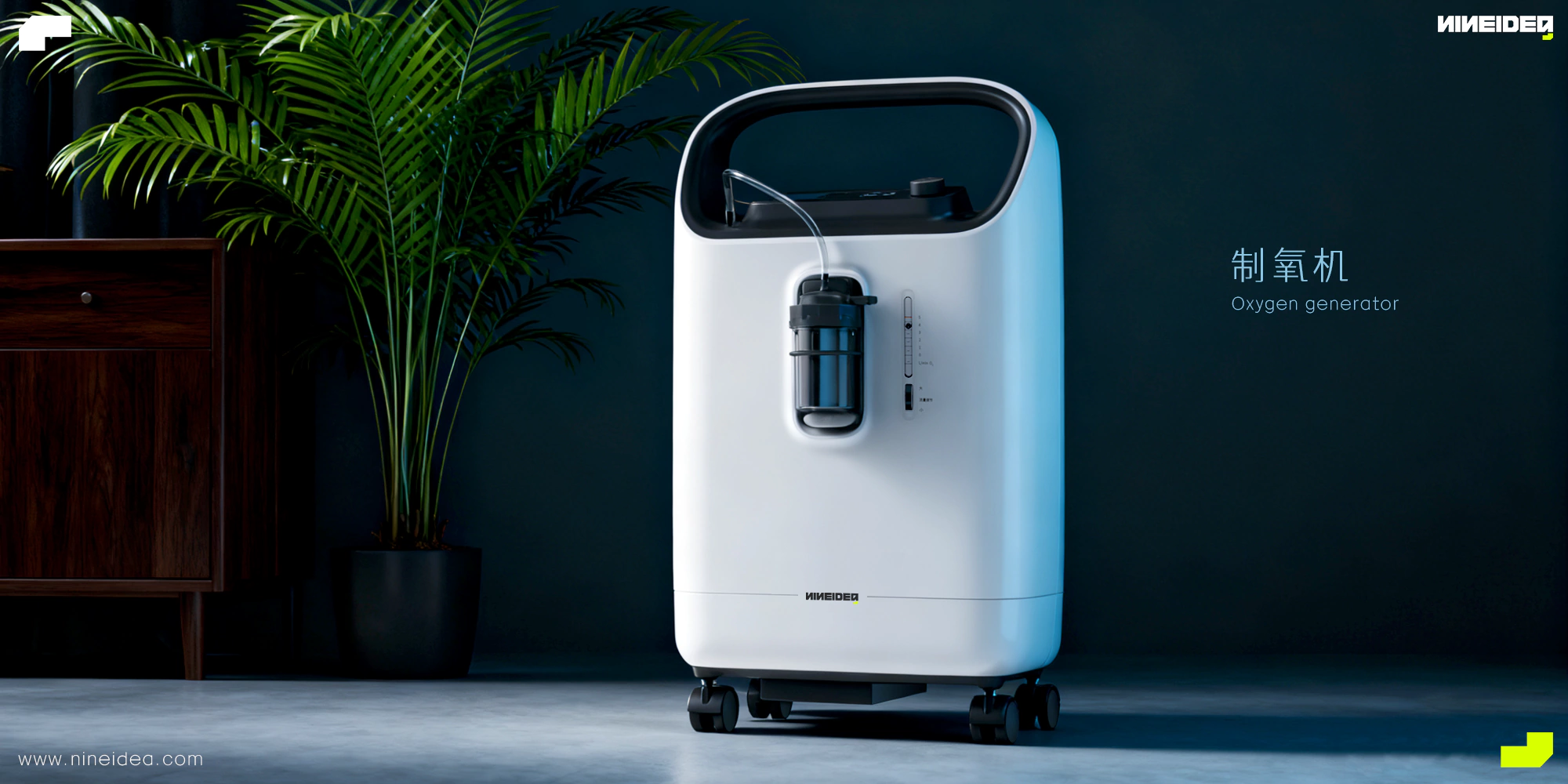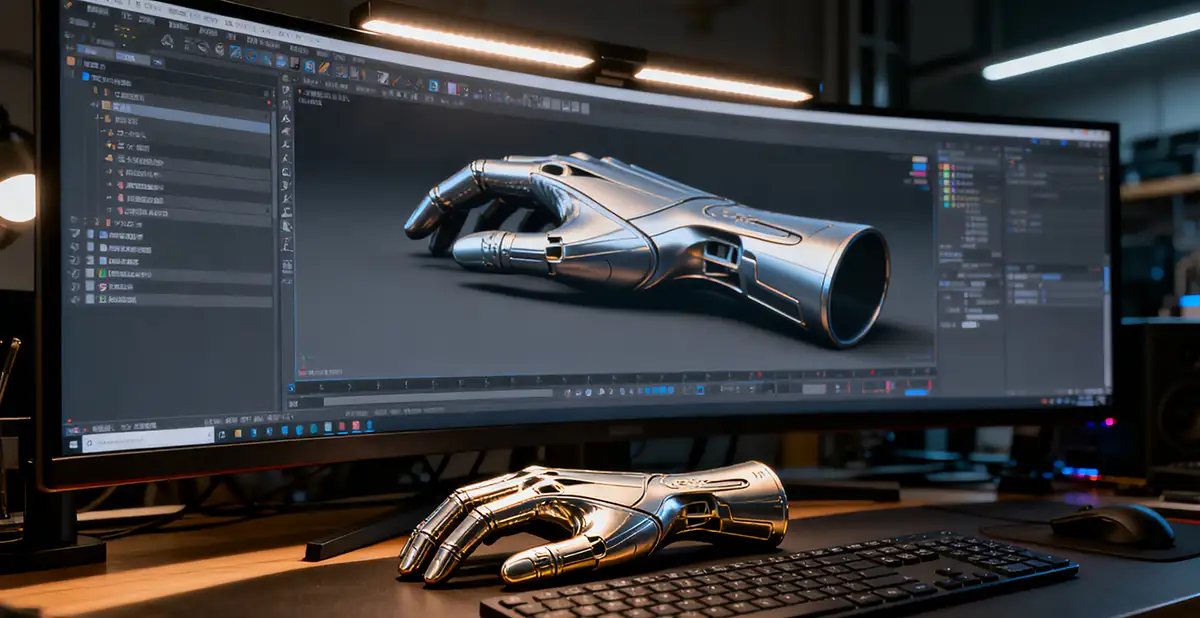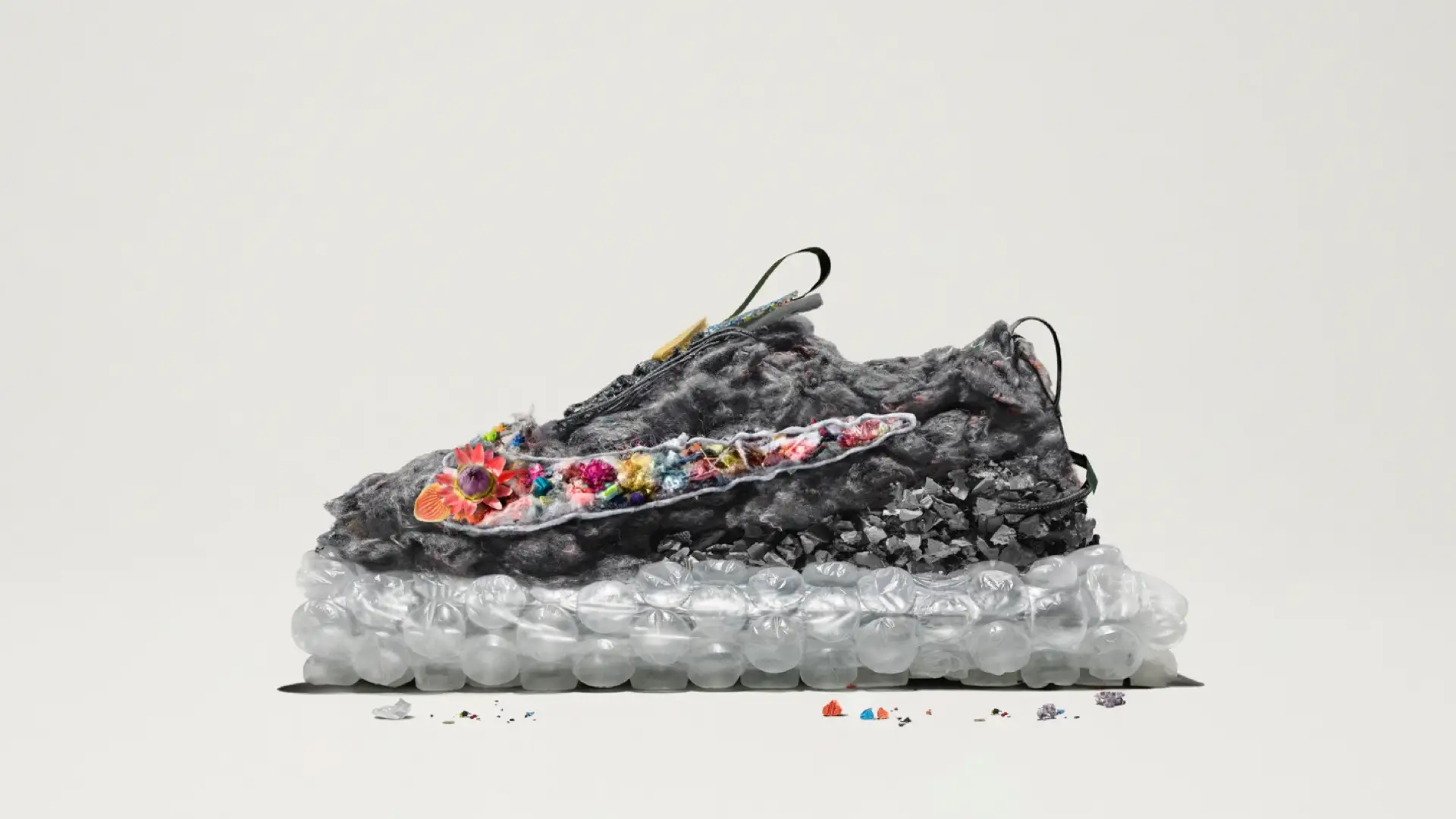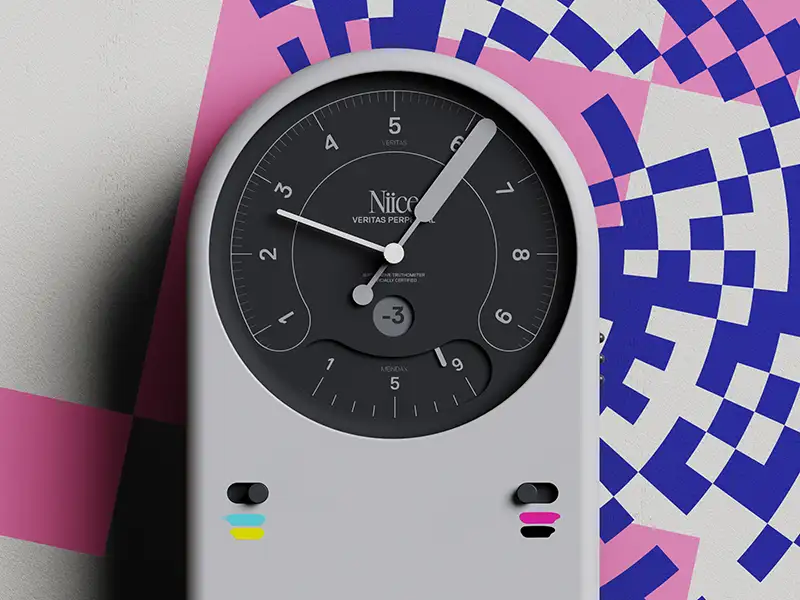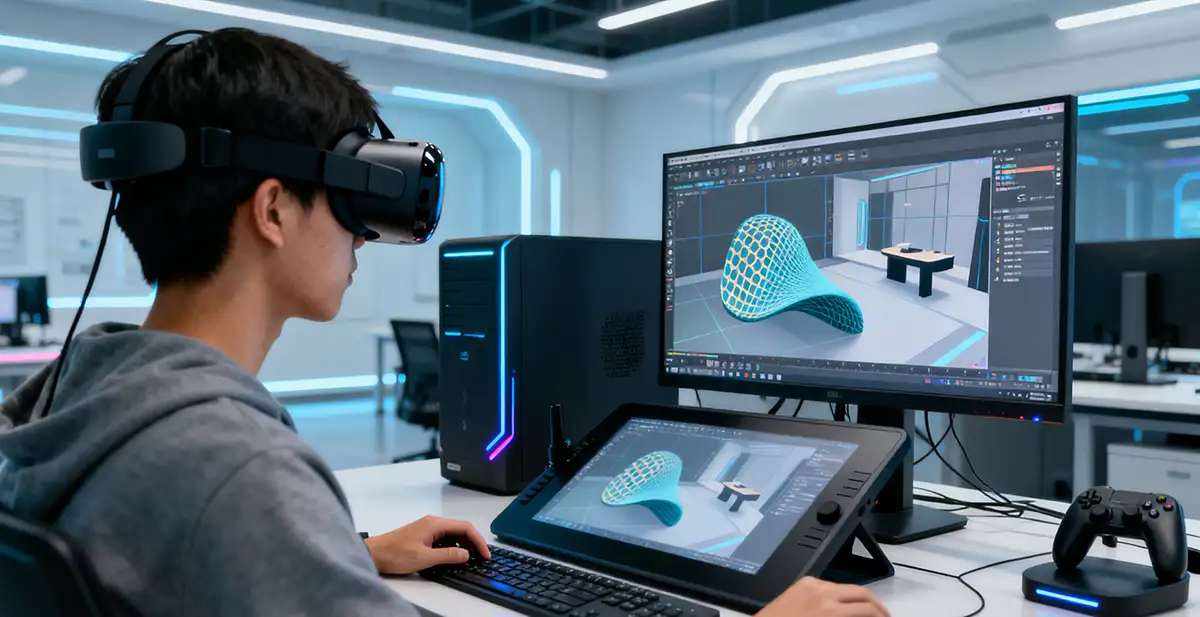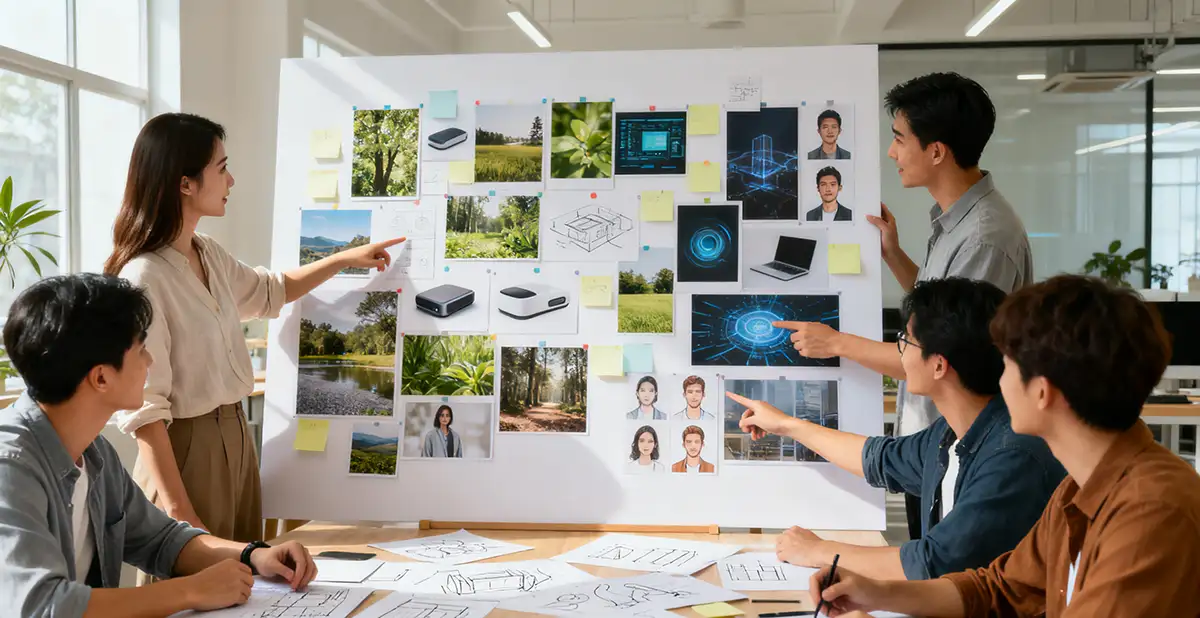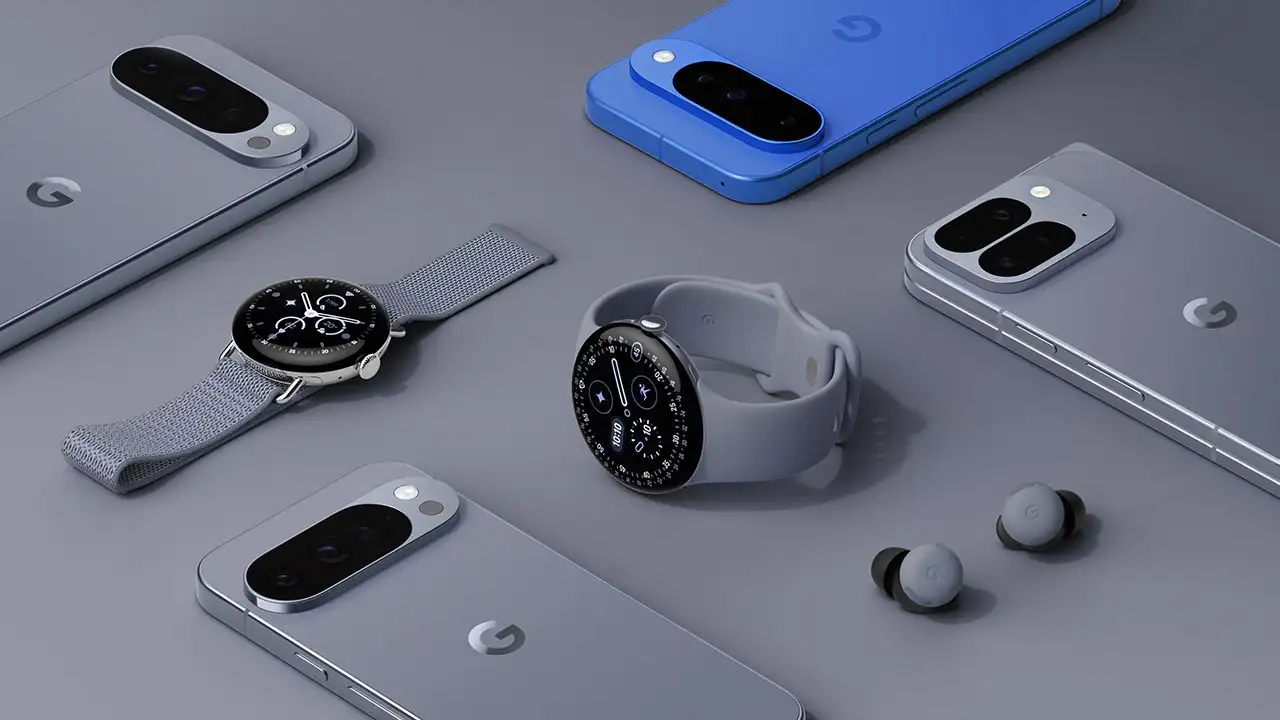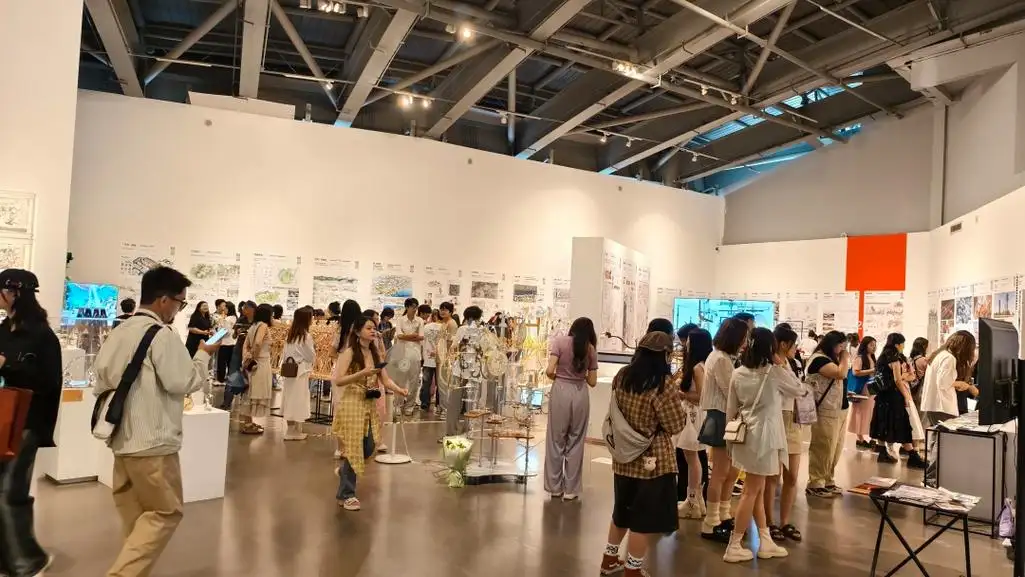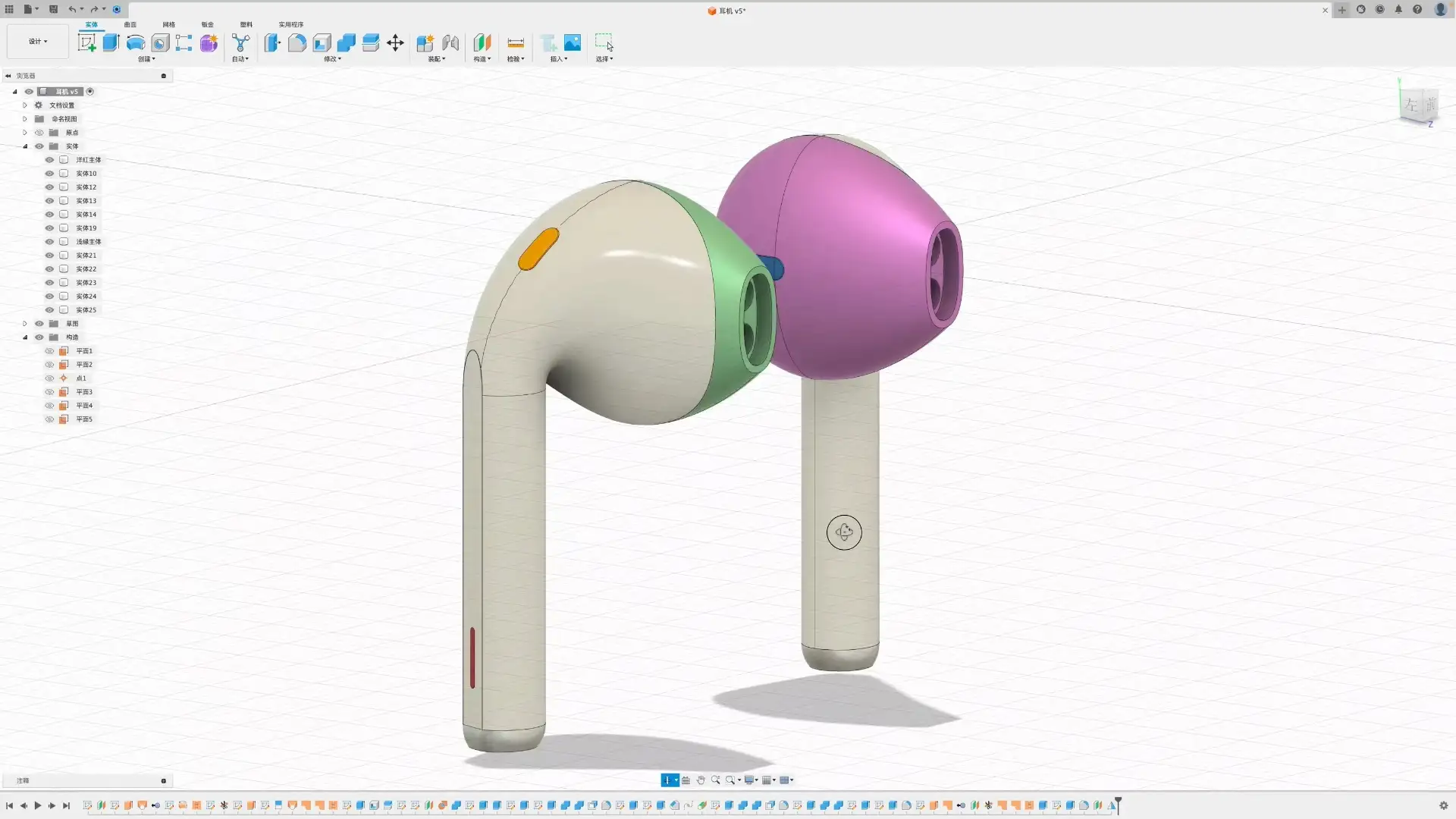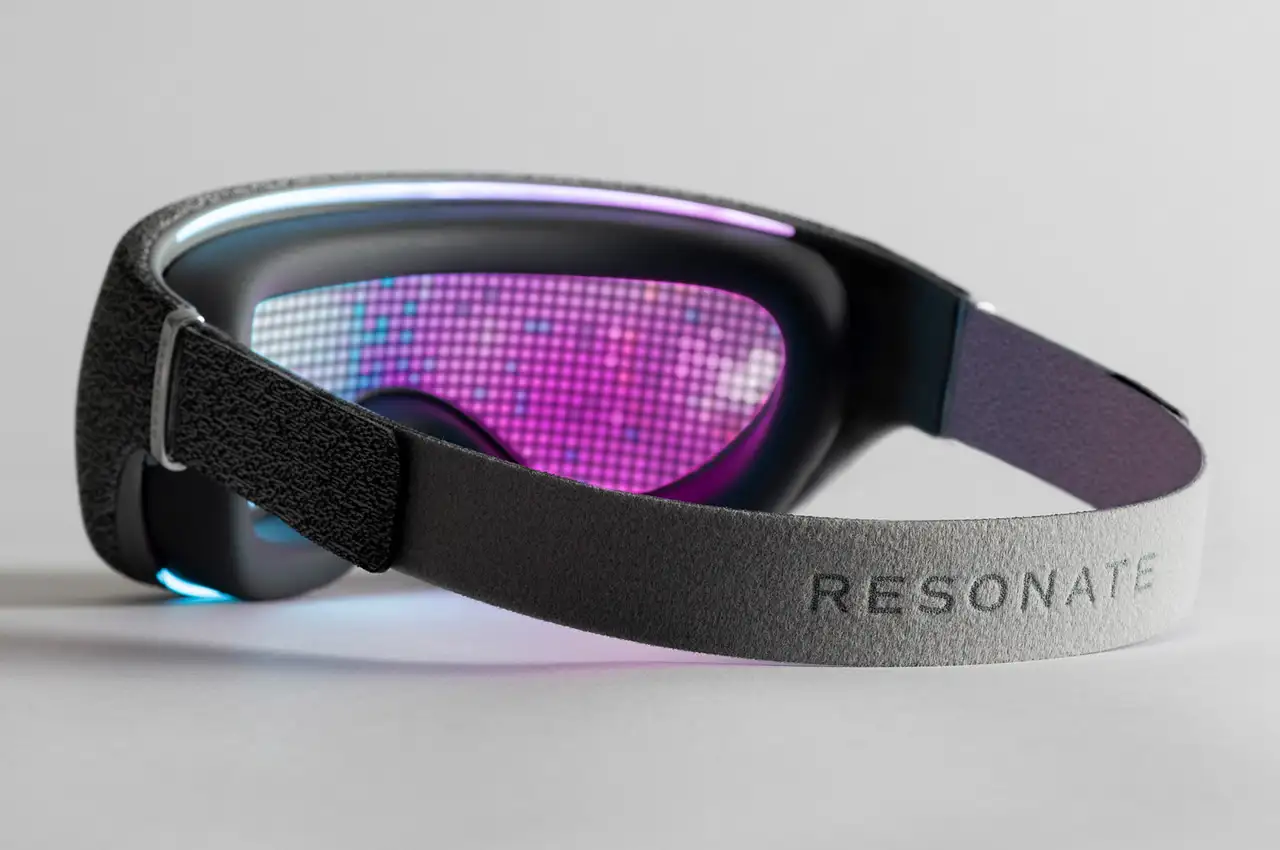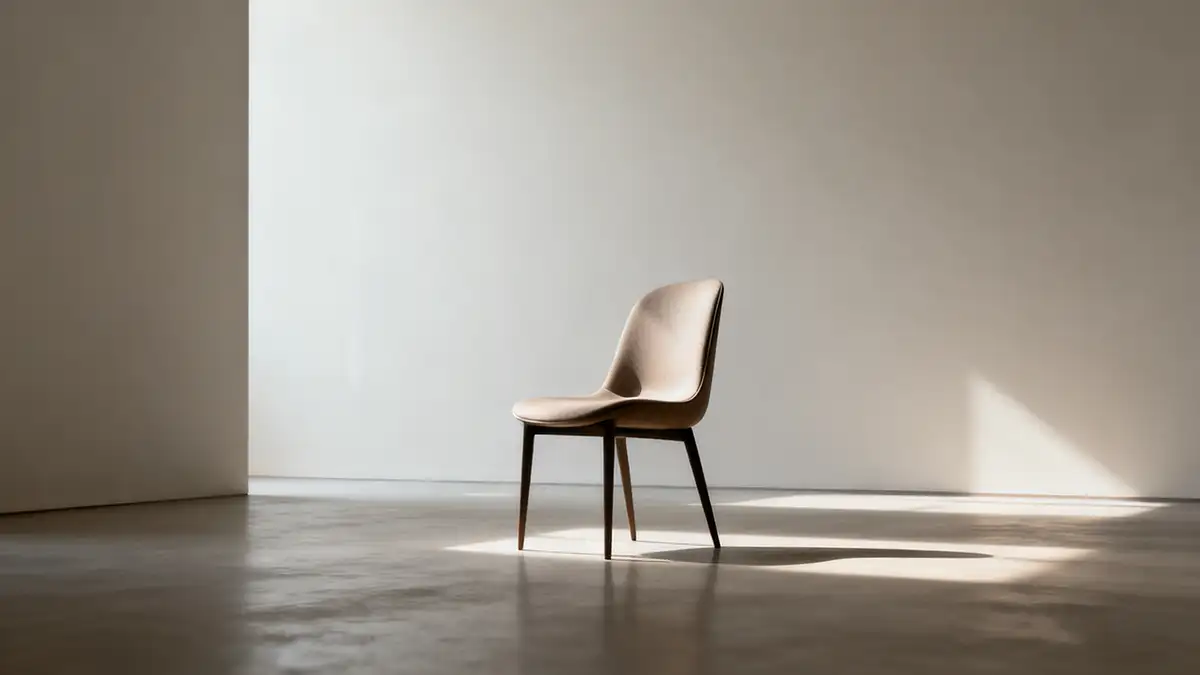NINEIDEA:这次咱用最接地气的大白话,让大家分分钟搞懂工业设计头脑风暴咋做,超简单!超简单!超简单!
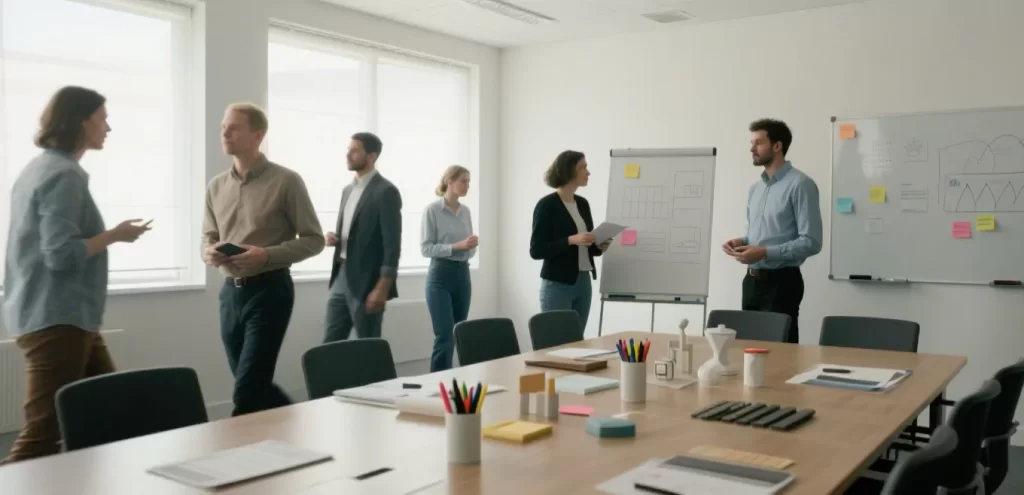
一、准备阶段:先把场子支棱起来
定死主题:
比如要设计 “给大学生用的折叠书桌”,别搞太笼统,越具体越好(比如 “要轻、能放床上、带充电口”)。
拉人组队:
别只找设计师!拉上工程师(懂结构)、用过的用户(比如找俩大学生)、甚至室友(局外人视角很绝),5 – 8 个人够了,别太多挤成菜市场。
准备工具:
白板 / 黑板 + 便利贴 + 马克笔(随手画),再准备点参考物(比如现成的折叠凳、喜欢的手机壳造型,直接摆桌上刺激灵感)。
二、开搞阶段:放飞自我,想到啥说啥
规矩就一条:别挑刺!
不管多离谱的想法都先记下来(比如 “书桌能变形当椅子”“用磁铁吸在天花板上节省空间”),别说 “这不可能”“太丑了”,先堆数量,后面再筛。
用 “而且” 接话:比如有人说 “桌面能折叠”,你接 “而且可以加个小灯”,别用 “但是” 泼冷水。
3 个快速冒想法的招
使劲联想:
比如主题是 “折叠书桌”,你就想 “折叠” 相关的东西 —— 折扇、伸缩衣架、变形金刚,甚至联想到 “书包的分层设计”,说不定能偷点结构过来。
挑刺用户痛点:
比如大学生说 “现在的折叠桌不稳”“收起来占地方”,针对这些痛点狂想解决方案(比如 “用三角形支架加固”“折叠后能塞进书包”)。
画就完事儿:
不会画?简笔画也行!比如画个带轮子的桌子,旁边标 “能推到床边”,比干说更直观,画着画着想法就来了。
边说边记,别漏任何点子
安排一个人专门在白板上写 / 贴便利贴,分分类(比如 “结构类”“功能类”“颜值类”),方便后面看。
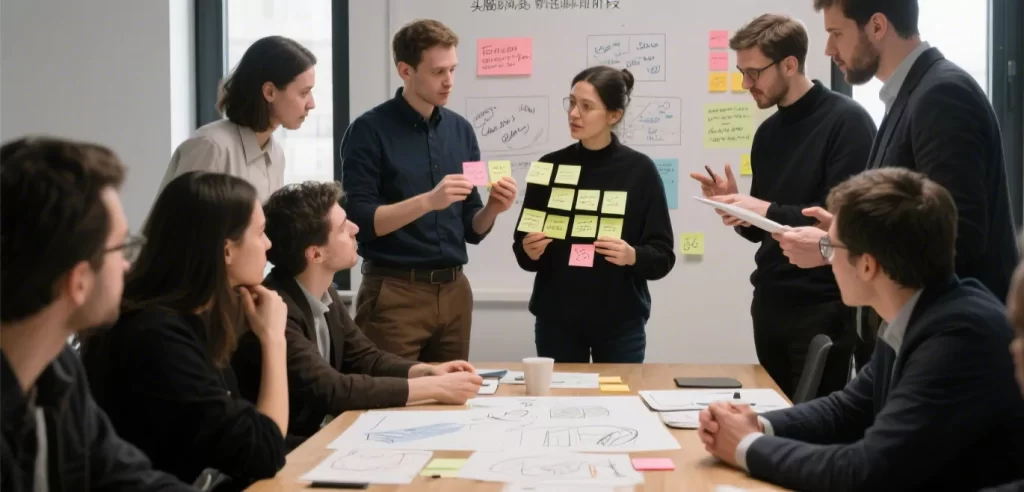
三、筛点子:挑出能落地的 “潜力股”
投票选种子选手:
每人发 3 票,选自己觉得 “最实用”“最有创意” 的点子,淘汰明显离谱的(比如 “用意念控制的书桌” 暂时放过吧)。
简单掐架:能不能做成?
拉上工程师 / 懂技术的人问:“这个折叠结构用塑料能不能撑住?”“充电口放这儿会不会漏电?” 如果问题太大,要么改点子,要么暂时放一边。
快速搞个 “破烂版” 试试
用纸板、快递盒、胶带做个超简易模型(比如想做可调节高度的桌腿,用几个硬纸板叠起来试试稳不稳),甚至在纸上画个使用场景(比如 “晚上在宿舍床上用,灯会不会晃眼”),马上能发现问题。
四、注意!别踩这 3 个坑
时间别太长:
1 小时内搞定,不然大家脑子累了,效率暴跌。
别让 “大佬” 霸屏:
可以先让新人 / 用户先说,避免领导 / 资深设计师一开口,其他人不敢说话(或者让每个人先在便利贴上写想法,再轮流念,避免跟风)。
事后别偷懒:
选出来的好点子,当场分任务!比如 “小王负责画 3 款草图,小李去查材料价格,明天中午碰个头”,不然容易不了了之。
举个栗子:想设计一个 “手机支架”
发散阶段:
有人说 “能夹在方向盘上”,有人说 “像章鱼爪子一样随便掰角度”,有人说 “做成卡通形象,摆桌上好看”。
筛选阶段:
排除 “太贵的材料”“结构太复杂” 的,留下 “章鱼爪造型 + 可折叠”,快速用铁丝掰个模型,试试夹手机稳不稳,调整爪子的弧度。
搞定!
最后就朝着 “便携、多角度调节、颜值高” 的方向细化。
就这么简单!记住:别纠结,先狂想,再挑刺,边想边动手试,头脑风暴就是一场 “创意大乱斗”,玩起来就对了!
How to do industrial design brainstorming that even beginners can understand
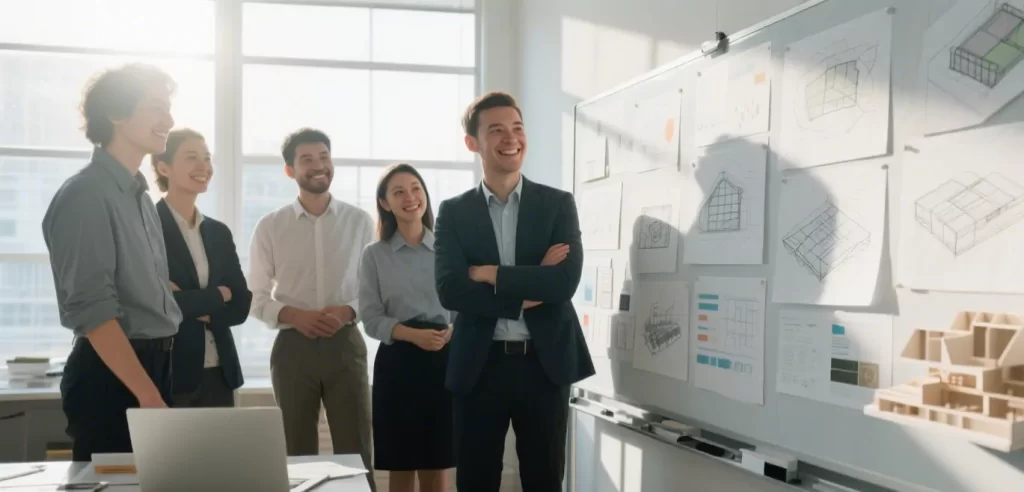
NINEIDEA: This time, let’s use the most down-to-earth language to help everyone understand how to do industrial design brainstorming in minutes. It’s super simple! Super simple! Super simple!
1、 Preparation stage: First, straighten up the field
Deadly theme:
For example, if you want to design a folding desk for college students, don’t make it too general, the more specific the better (such as “it should be light, can be placed on the bed, and have a charging port”).
Recruit team members:
Don’t just look for designers! Bring in engineers (who understand structure), users who have used it (such as finding two college students), and even roommates (who have a unique outsider perspective), 5-8 people are enough, don’t squeeze too many into a vegetable market.
Prepare tools:
Whiteboard/blackboard+sticky notes+marker pen (draw casually), and then prepare some reference objects (such as ready-made folding stools, favorite phone case shapes, directly placed on the table to stimulate inspiration).
2、 Start stage: Let yourself go, say whatever comes to mind
The rule is one: don’t nitpick!
No matter how absurd the idea may be, write it down first (such as “the desk can transform into a chair” or “using magnets to save space on the ceiling”), don’t say “this is impossible” or “too ugly”, pile up the quantity first, and then screen later.
Use “and” to answer: For example, if someone says “the desktop can be folded”, you can answer “and a small light can be added”, don’t use “but” to pour cold water.
3 quick brainstorming tips
Make a strong association:
For example, if the theme is “Folding Desk”, you may think of things related to “folding” – folding fans, telescopic hangers, Transformers, and even associate them with “layered design of backpacks”, maybe you can steal some structure.
Criticize user pain points:
For example, college students say “the current folding table is unstable” and “it takes up space when folded up”, and they come up with solutions to these pain points (such as “reinforcing it with a triangular bracket” and “folding it into a backpack”).
Painting is enough:
Can’t draw? Simple strokes are also fine! For example, drawing a table with wheels and labeling it “can be pushed to the bedside” next to it is more intuitive than just talking, and as you draw, you come up with ideas.
Remember while speaking, don’t miss any ideas
Assign someone specifically to write/paste sticky notes on the whiteboard, categorizing them (such as “structural”, “functional”, “aesthetic”) for easy reference later on.
3、 Screening ideas: Identify potential stocks that can be implemented
Voting for seed contestants:
Each person will receive 3 votes, selecting the idea they think is “most practical” and “most creative”, and eliminating obviously outrageous ones (such as “mind controlled desk” for now).
Simple bracket: Can it be made?
Pull up the engineer/technical person and ask, “Can this folding structure be supported by plastic?” “Will the charging port leak electricity if placed here?” If the problem is too big, either change the point or temporarily put it aside.
Quickly create a “rundown version” and give it a try
Make a super simple model using cardboard, shipping boxes, and tape (for example, if you want to make adjustable height table legs, try stacking a few pieces of cardboard to see if they are stable), or even draw a usage scenario on paper (for example, “Will the lights flicker when used on a dormitory bed at night”), and you can immediately identify the problem.
4、 Attention! Don’t step on these three pitfalls
Don’t take too long:
Get it done within an hour, otherwise everyone’s minds will get tired and efficiency will plummet.
Don’t let the ‘big shot’ dominate the screen:
You can let newcomers/users speak first to avoid leaders/senior designers being too scared to speak (or let everyone write their ideas on sticky notes first and then take turns reading them to avoid following the trend).
Don’t be lazy afterwards:
Selected good ideas, divide tasks on the spot! For example, “Xiao Wang is responsible for drawing three sketches, Xiao Li will check the material prices, and we will meet tomorrow noon”, otherwise it is easy to end up with nothing.
For example, I want to design a “phone holder”
Divergent stage:
Some people say it can be clipped onto the steering wheel, some say it can be easily angled like octopus claws, and some say it can be made into a cartoon image that looks good on a table.
Screening stage:
Exclude materials that are too expensive and structures that are too complex, and leave the “octopus claw shape+foldable”. Quickly break a model with wire, try to clamp the phone steadily, and adjust the curvature of the claws.
Got it!
Finally, we will refine towards the direction of “portability, multi angle adjustment, and high aesthetic value”.
It’s that simple! Remember: Don’t be indecisive, start with wild ideas, then nitpick, try while thinking. Brainstorming is like a “creative battle”, just play it out!













